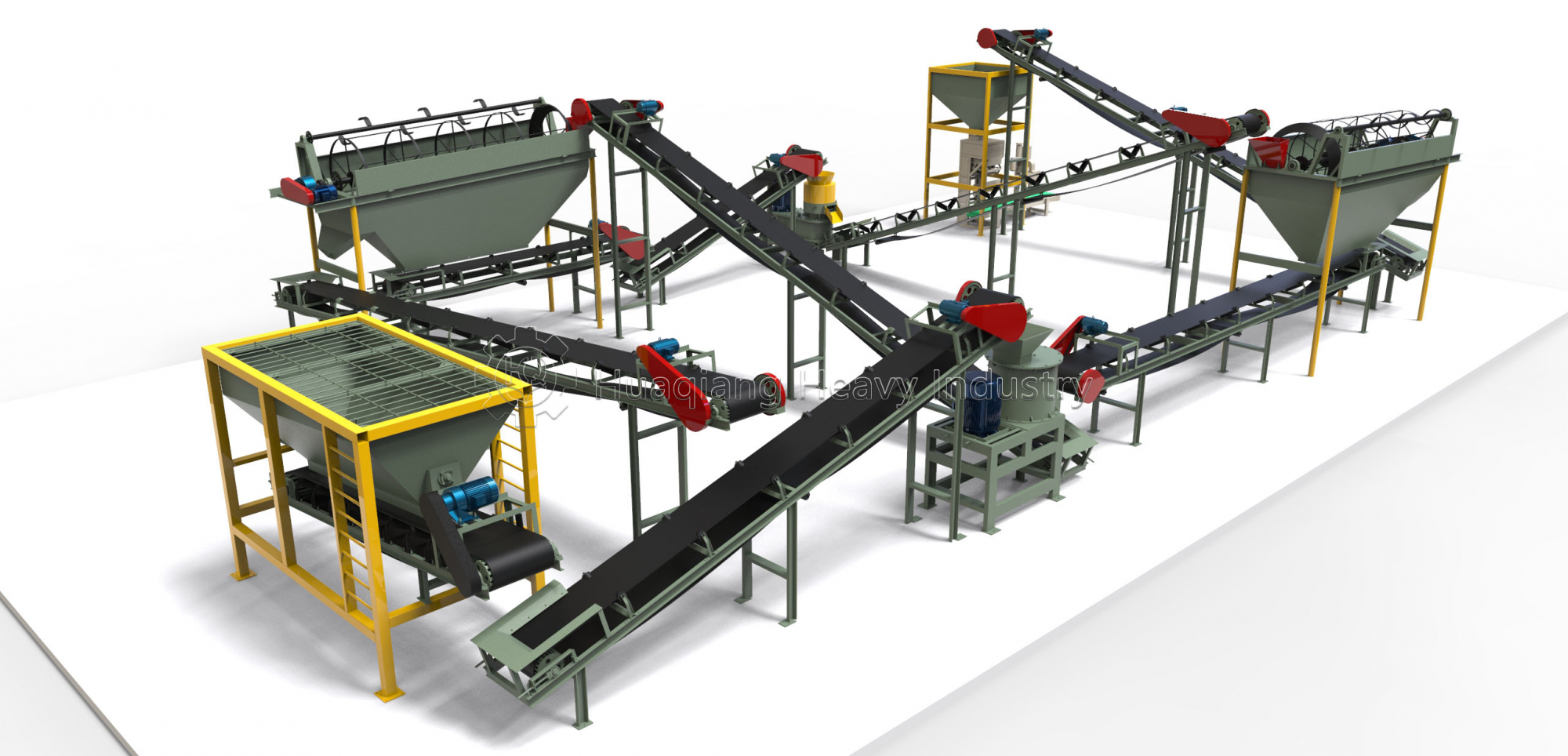2025-07-19

In fertilizer production, both granulation and mixing are critical processes, but their importance depends on the desired product characteristics. Granulation ensures uniform particle size and improved nutrient release, while mixing guarantees homogeneity of raw materials. Fertilizer manufacturing equipment, such as granulators and mixers, plays a key role in these processes. Fertilizer machine manufacturers design and supply these specialized machines, ensuring efficiency and scalability in production lines. The choice between granulation-focused or mixing-centric equipment depends on the specific formulation and end-use requirements of the fertilizer.
Mixing is the foundation. Before granulation, raw materials—whether compost, minerals, or additives—must be uniformly blended. Inconsistent mixing leads to nutrient imbalances, reducing fertilizer effectiveness.
Key advantages:
· ✔ Ensures homogeneity – No clumps, no weak spots.
· ✔ Boosts efficiency – Well-mixed materials granulate smoothly.
· ✔ Customizable blends – Adjust NPK ratios easily for tailored fertilizers.
Without proper mixing, even the best granulation process can't compensate for poor distribution of nutrients.
Granulation transforms mixed powder into easy-to-handle, slow-release pellets. This step enhances marketability, reduces dust, and improves nutrient delivery.
Why it shines:
· ✔ Better usability – Pellets are easier to store, transport, and apply.
· ✔ Controlled release – Granules break down gradually, improving soil absorption.
· ✔ Reduces waste – Less runoff and dust compared to powdered fertilizers.
Both are essential, but their importance depends on your goals. Need a versatile base product? Focus on mixing. Selling commercial-grade fertilizer? Granulation is key.
Ultimately, a well-balanced fertilizer production line integrates both seamlessly—mixing for consistency, granulation for performance.